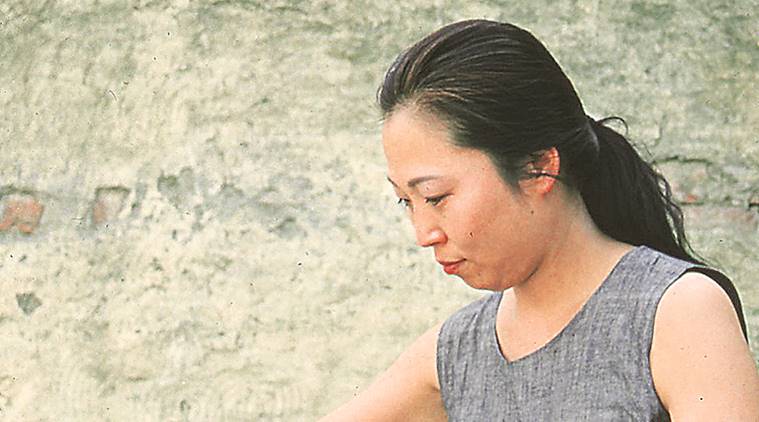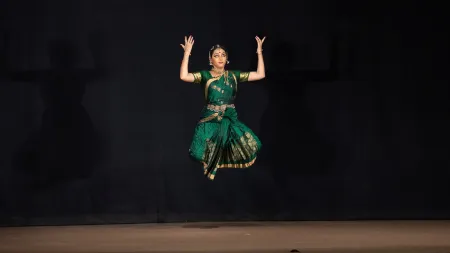- India
- International
Ryoko Haraguchi on Japanese dyeing techniques and Indian textiles
She was in conversation with Ritu Sethi, Chairperson of the Crafts Revival Trust at the Good Earth store in Delhi last week, where the designer is now retailing her new collection for her avant-garde label, Sind.
 Ryoko-san
Ryoko-san
Ryoko-san — as textile designer Ryoko Haraguchi is fondly addressed — started out as a designer for the Japanese retail giant Muiji. “But I soon realised that synthetic design and materials didn’t excite me,” shares the 61-year-old. She was in conversation with Ritu Sethi, Chairperson of the Crafts Revival Trust at the Good Earth store in Delhi last week, where the designer is now retailing her new collection for her avant-garde label, Sind.
Haraguchi is known for skilfully marrying Indian textiles with traditional Japanese resist dyeing techniques like Itajime (board dyeing) and Kakishibu (persimmon dyeing). In Itajime the thread is dyed using wooden boards carved with minute lines. It is then woven into patterns, with results akin to the Indian leheriya. “Only two artisans make them in Japan. Normally, this dyeing technique was used for kimonos, but I use it for fabric, which can then be used in many ways,” she adds.
Born in Kyushu, Haraguchi studied at the Otsuka Institute of Textile Design. She fell in love with Indian weaves on her maiden visit to India in 1992. “The sheer range amazed me. I was intrigued that these traditions were still alive in India, if not thriving,” says Haraguchi.
Today, Haraguchi’s label, Sind, retails Indian weaves dyed with Japanese methodology and intricacy. Her current preview collection at Good Earth includes tunics, loose fitting pants, wraps, scarves and long jackets. All of them are free-flowing, and let the dyed intricacy do the talking. “I describe my design philosophy as a blend of urban sensibilities, that which is comfortable and light, and high on the wearability quotient. Silk is often seen as something very heavy, but the way I use it, it is paper light,” she adds.
Earlier she would get the fabric dyed in Japan, but now she runs three workshops, located on the outskirts of Delhi. “I met this Kota silk weaver in Rajasthan and ordered 400 metres of fabric from him, so I could help sustain his craft. We need to buy more,” she says.
More Lifestyle
Apr 18: Latest News
- 01
- 02
- 03
- 04
- 05


































